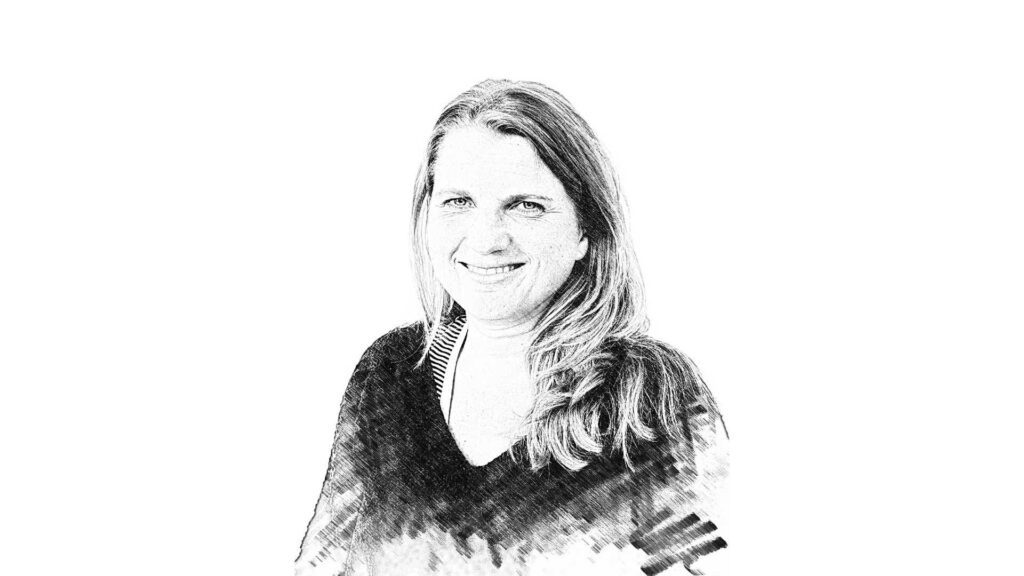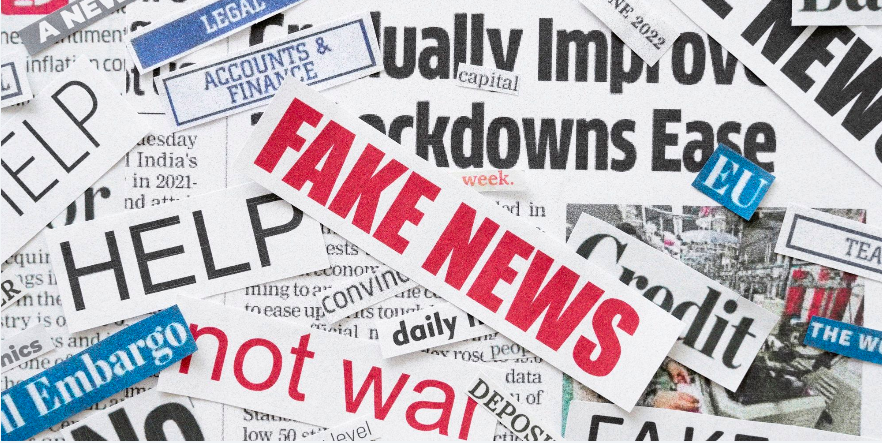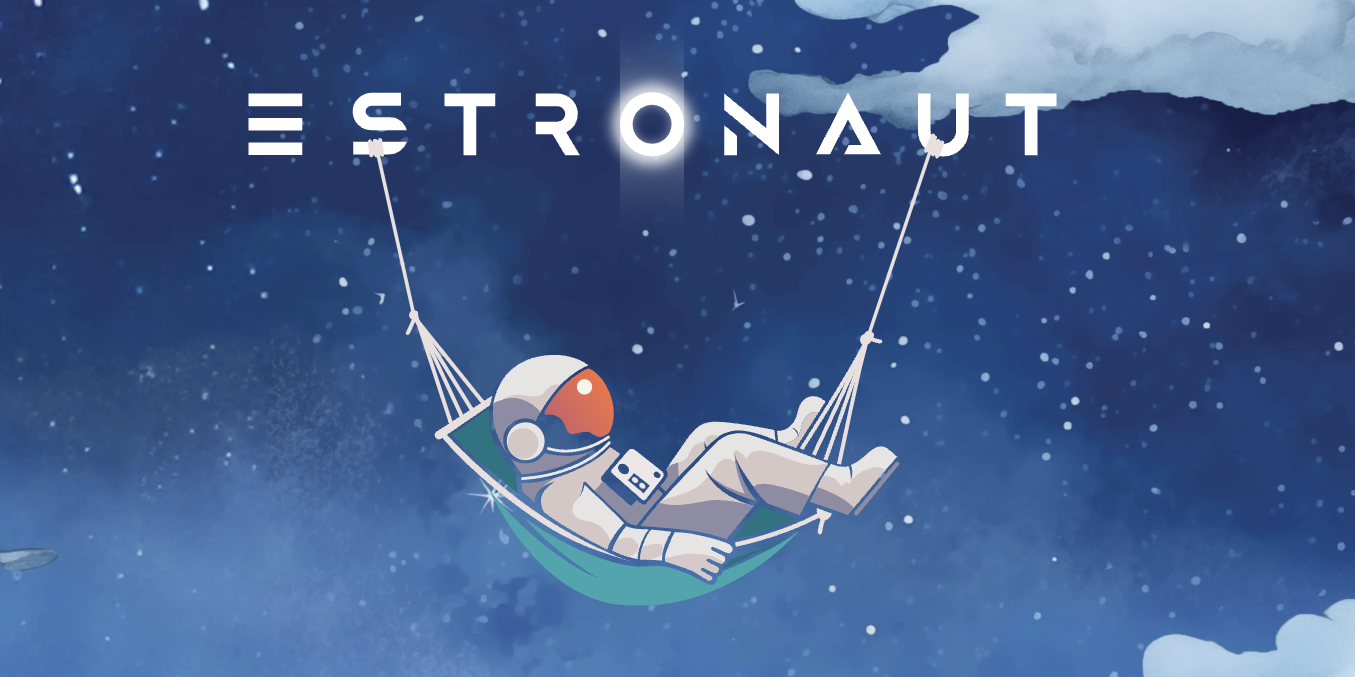
However, all of this information has not always made us wiser. This vast amount of data also includes misinformation, caused by both human error and purposefully misleading disinformation. The global COVID-19 pandemic saw a rapid rise of disinformation and conspiracy theories, leading to claims that the world is facing not only a pandemic but also an "infodemic."
Schools are tasked with educating literate young people, who can comprehend different types of communication, to make themselves understood and be open but critical in relation to the world. Therefore, critical media and information literacy has grown in importance as a key aspect of quality education.
Fact-checking the media
Astroturfing, deep fakes, bots, and trolls: these might sound like fantasy characters from a sci-fi movie, but the average Estonian school pupil knows that they are ways of spreading harmful propaganda and conspiracy theories.
Media literacy has increasingly been on the agenda of Estonian schools since the 2007 Russian cyber attack, which made Estonia concentrate on cyber-security. In 2010, media literacy to detect disinformation became part of the curriculum and a 35-hour "media and influence" course for all 10th graders became mandatory. The aim is to foster the ability to critically analyze media content, differentiate between fact and fiction, identify bias and propaganda, and evaluate information sources for their reliability and accuracy.
In the latest Media Literacy Index compiled by the European Policies Initiative of the Open Society Institute (OSI), Estonian pupils shared 4th and 5th place with Sweden among all European countries in detecting fake news. Other Nordic countries were doing similarly well, with Finland, Denmark and Norway in the lead. In all of these countries, critical thinking and fact checking skills are considered crucial competencies for a well-functioning democracy.

Fairies versus trolls
Critical media literacy is, however, not only about detecting fake news. The skill of using media effectively to communicate your own ideas, opinions, and perspectives and to engage in meaningful discussions, is considered similarly important in the implementation of our civil responsibilities.
While internet trolls post content and comment in a negative and deceptive way to upset others, there is also a new concept of “internet fairies”, who comment on things they like in a positive way; who follow, create, and share positive and educational stories. Social media platforms can be used educationally in many ways: for instance, creating positive campaigns and supporting good causes. Critical media literacy can be integrated with other subjects, like civics or geography, to educate "an army of internet fairies" to combat false narratives on issues like climate change or immigration with proven facts.
The challenges of artificial intelligence
The abundance of information has brought about the use of powerful algorithms and artificial intelligence (AI) to run automated processes, to sort and analyze existing information. The rapid development of AI calls for better technological understanding when it comes to media literacy. This is because the problems of fake news and disinformation worsen with AI. AI enables the creation of "deep fakes"— photos, videos, and voice imitation. The spread of deep fakes makes it harder to separate fact from fiction and increases suspicion towards everything we see online. At the same time, the existence of trustworthy information is the prerequisite of a functioning democracy.
Schools are also facing new challenges with regard to AI Learning needs to reorient from the repetition and memorization of facts and information (where machines outsmart humans) towards developing skills that machines cannot master, such as social competence, empathy, and creativity.
Young people need to comprehend why and how AI can be used to produce media messaging, while being both critical and open to the world.
Become a subscriber to continue reading!
Every week we bring you news from the community and exclusive columns. We're relying on your support to keep going and invite you to subscribe.
Starting from $2.30 per week.



